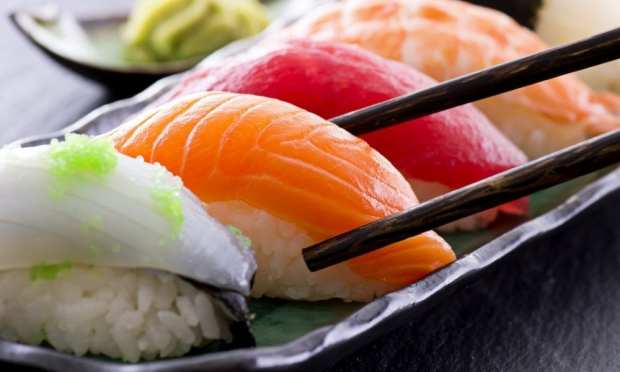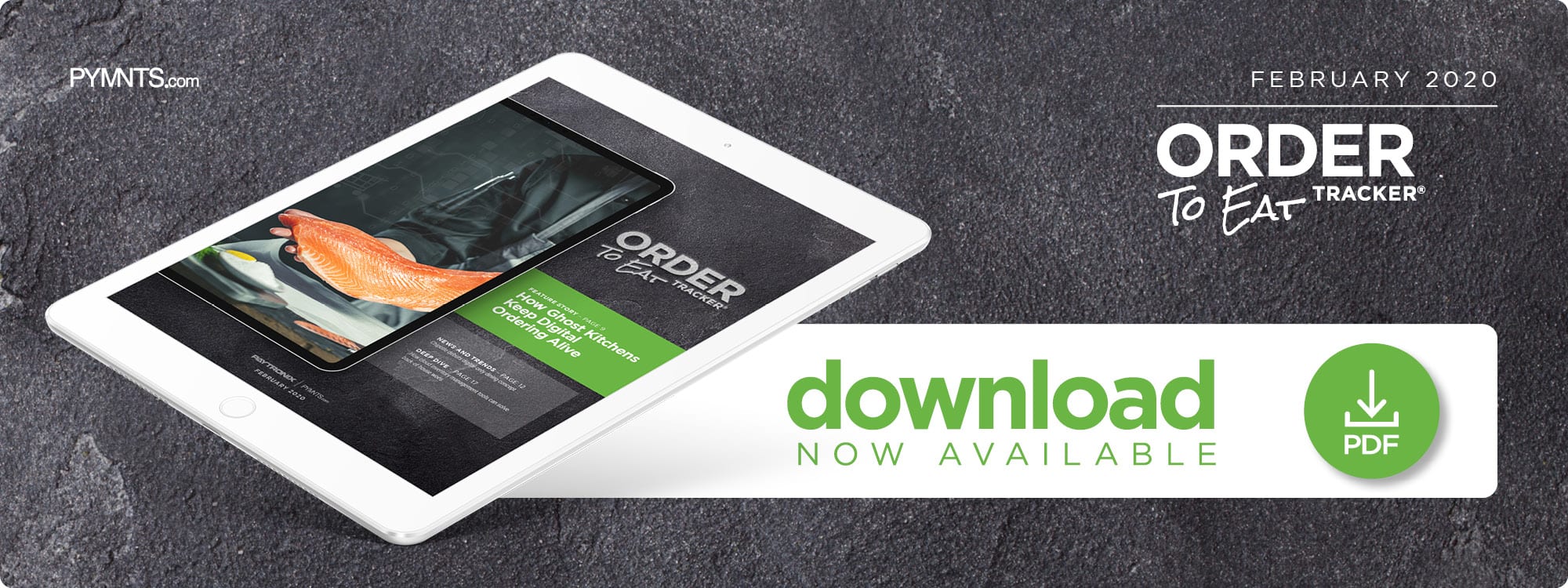How Ghost Kitchens Keep Digital Ordering Alive

Quick delivery times no longer impress diners, who see it as table stakes — restaurants battling in today’s market need compelling delivery pricing to stand out. But that’s only possible if restaurants can streamline their own expenses, especially in high-rent cities. In this month’s Order To Eat Tracker, Charlie Yi, CEO of Zoku Sushi, explains how delivery-only ghost kitchens and avoidance of aggregator platform partnerships has helped lower operational costs, allowing affordable prices and improved customer loyalty.
Speedy delivery wowed hungry consumers in the 2010s, but diners have since adjusted their desires and expectations for the coming decade. Restaurants should respond accordingly, developing efficient, digital-based operations that help them focus on shoppers’ new priorities: quality meals at compelling prices.
Charlie Yi, CEO of sushi restaurant and ghost kitchen Zoku Sushi, believes that eateries searching for staying power need to be sensitive of consumers’ budgets.
He explained in a recent interview with PYMNTS that long-term business plans must anticipate how an economic hit might impact diners’ buying habits.
“If there’s [a] slight [economic] dip or recession, you will see a bump in the road where instead of ordering five times a month, [diners] might think about [doing so] two or three times,” he said. Even right now, “in places like New York, the demand [for delivery] is there but … the price of delivery has gone through the roof. You might be ordering something that online says it’s $10, but after you put on the delivery fee or the minimum or the tip, you get a product that [costs] almost 75 percent more or maybe double [that list price]. That’s a problem.”
Yi believes delivery-only models — also known as a digital kitchens or ghost kitchens — and in-house ordering are key to keeping business expenses low. They are especially critical to enabling sushi delivery at compelling prices, he said, highlighting the need for thoughtful strategizing.
Getting Ghost Kitchens Off The Ground
A city like New York — where rents and minimum wages tend to be higher — forces restaurants to carefully manage their operational costs. Digital-only kitchens have lower needs for front-of-house staff or eye-catching corner spots on well-traveled streets, Yi explained, slashing several expenses right off the bat. He anticipates that even businesses with established full-service locations will leverage ghost kitchens to enable low-cost expansion.
Zoku Sushi originated as an online-only operation and does not have any brick-and-mortar storefronts. This meant the company had to build its following without being discovered by consumers walking around.
“The billion-dollar question [is] how do you seize … the opportunities and advantages of ghost kitchens? … When you start as a digital native — when you didn’t build your brand in the traditional way as a restaurant — how do you cope with that?” Yi said. “The way we engage is [by] focusing on the product experience and really on making sure that we have a strategy … through word of mouth and, of course, through digital media plans and marketing. … What we focus on in New York City is that … big word-of-mouth opportunity [for] lunch. We’ve been focusing our sale efforts [there], and that has a natural way of spreading the word around.”
Office workers frequently eat together, he noted, so a single customer’s Zoku Sushi purchase exposes the brand to everyone around the break-room table. The restaurant has also been looking to generate more corporate catering orders with significant ticket sizes.
Designing Delivery For Financial Stability
Some companies might turn to big-name ordering aggregators, such as DoorDash or Grubhub, to get their brands in front of sizable consumer bases. Zoku Sushi largely eschewed that approach, instead taking approximately 90 percent of its orders directly. A third party does help deliver the items, however. This allows Zoku to avoid hefty commission fees, preserve its prices and build customer loyalty. Yi explained that those depending on aggregator services are especially vulnerable to economic downturn. Such a struggle could prompt platforms to raise their fees, creating painful additional costs and forcing price hikes beyond what consumers will accept.
“The big difference with a third-party app is the demand generation they can bring to bear,” he said. “That’s an advantage but, unfortunately, it could be at cost of [a] 25-percent or 30-percent commission.”
Greater control over costs passed to consumers is critical to Yi, who believes that speedy delivery will not distinguish restaurants and that diners may care more about getting a tasty meal at a desirable price.
“If I [am in a big city and] go on [a delivery aggregator] and order something like Chinese food, there are dozens and dozens of Chinese restaurants that can deliver things to me fast,” he said. “Do I care if it [takes] 20 to 40 minutes? Not really. … What’s becoming more important is the cost and the product quality. … Consumers are expecting things to be on time … but I’m not sure [the restaurant] gets stars for it being [delivered within] 10 minutes. You get more stars if it’s affordable and the product experience is meeting or exceeding [consumers’] wishes.”
Consumers’ expenses are not restaurants’ only concern. Zoku Sushi is also focused on making sure each meal turns a profit, and that its product is a relatively high-priced food item certainly helps, Yi added.
“Whether you’re delivering a burrito or caviar, it’s the same cost to deliver,” he explained. “Your order size per order must be able to pay for your fixed costs. For us, one metric that’s important is that, at a unit level, we do not want our delivery costs to be more than 5 [percent] to 7 percent of the order size.”
Consumers and restaurants are both sensitive to costs. A clear focus on profit-per-order paired with responsiveness to shifting diner priorities may be key to helping restaurants get ahead as well as withstand the future’s surprise economic hurdles.

